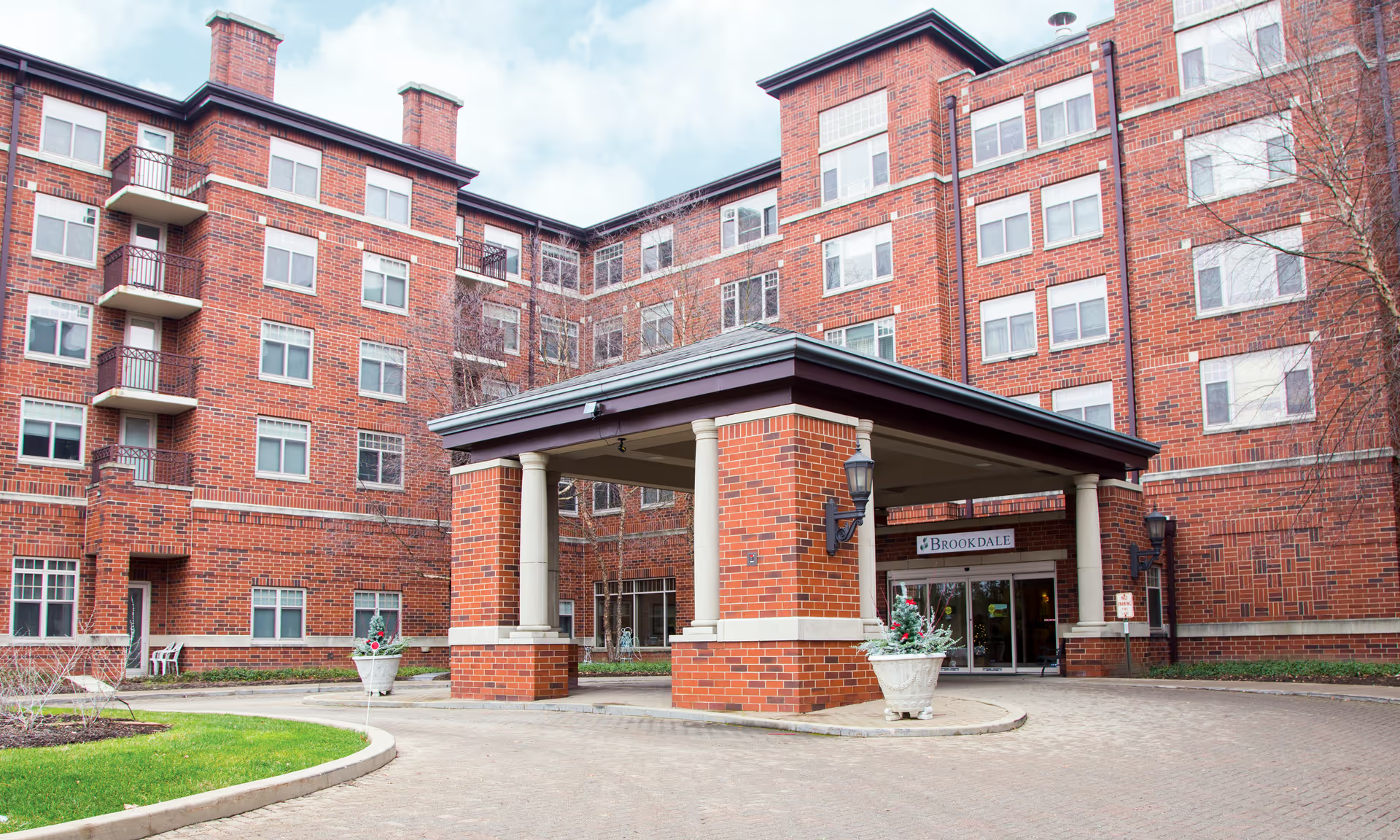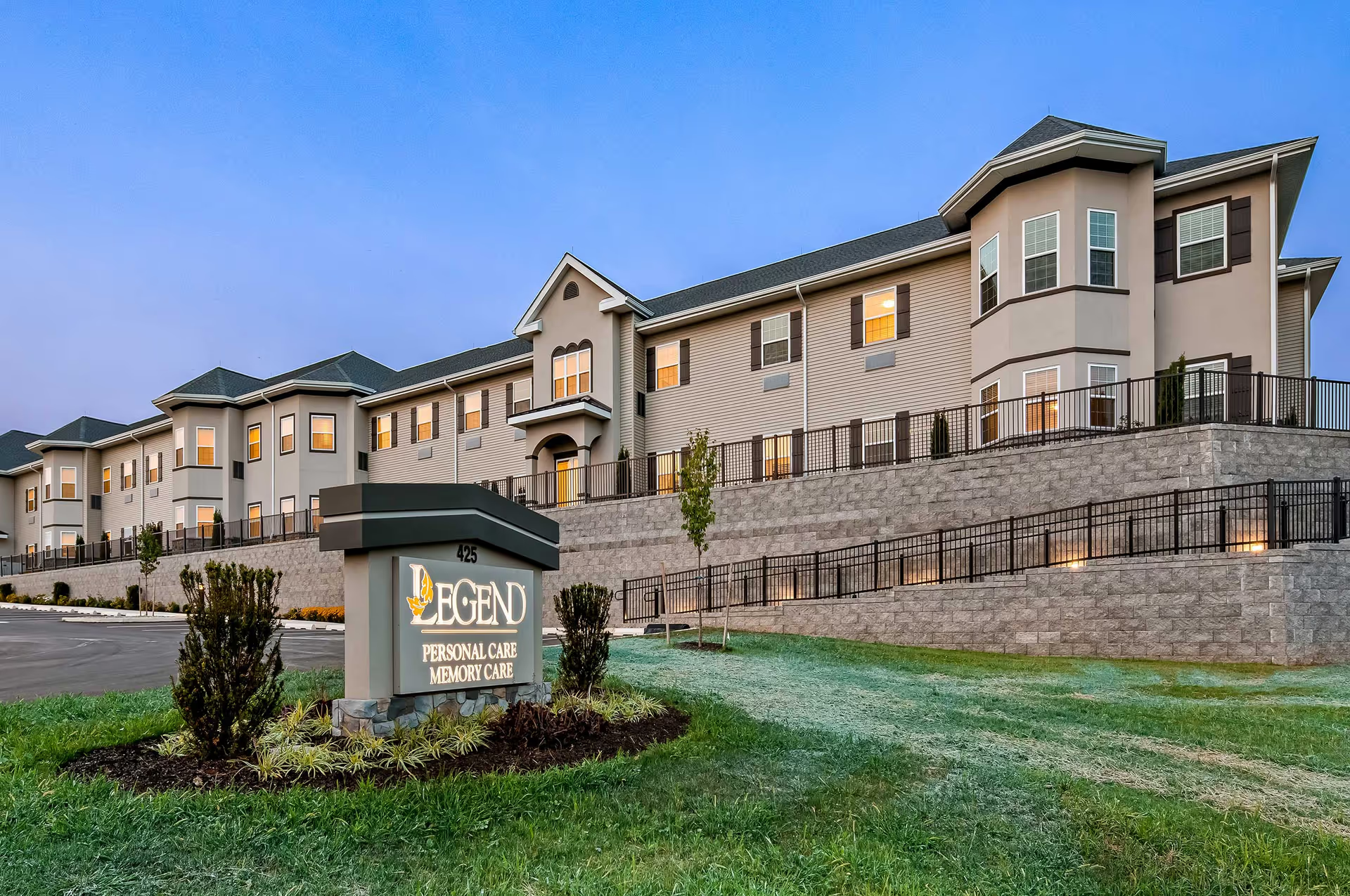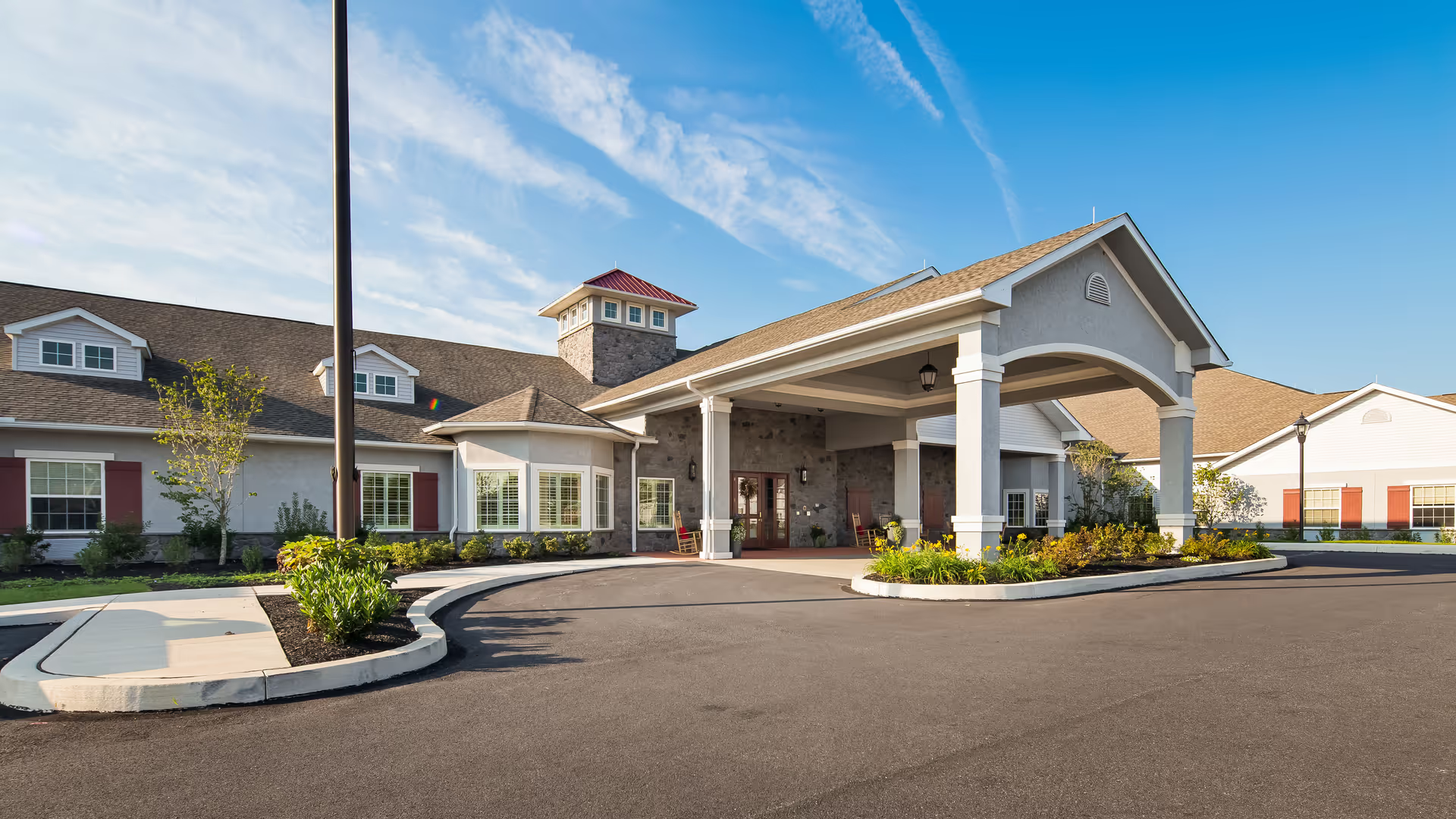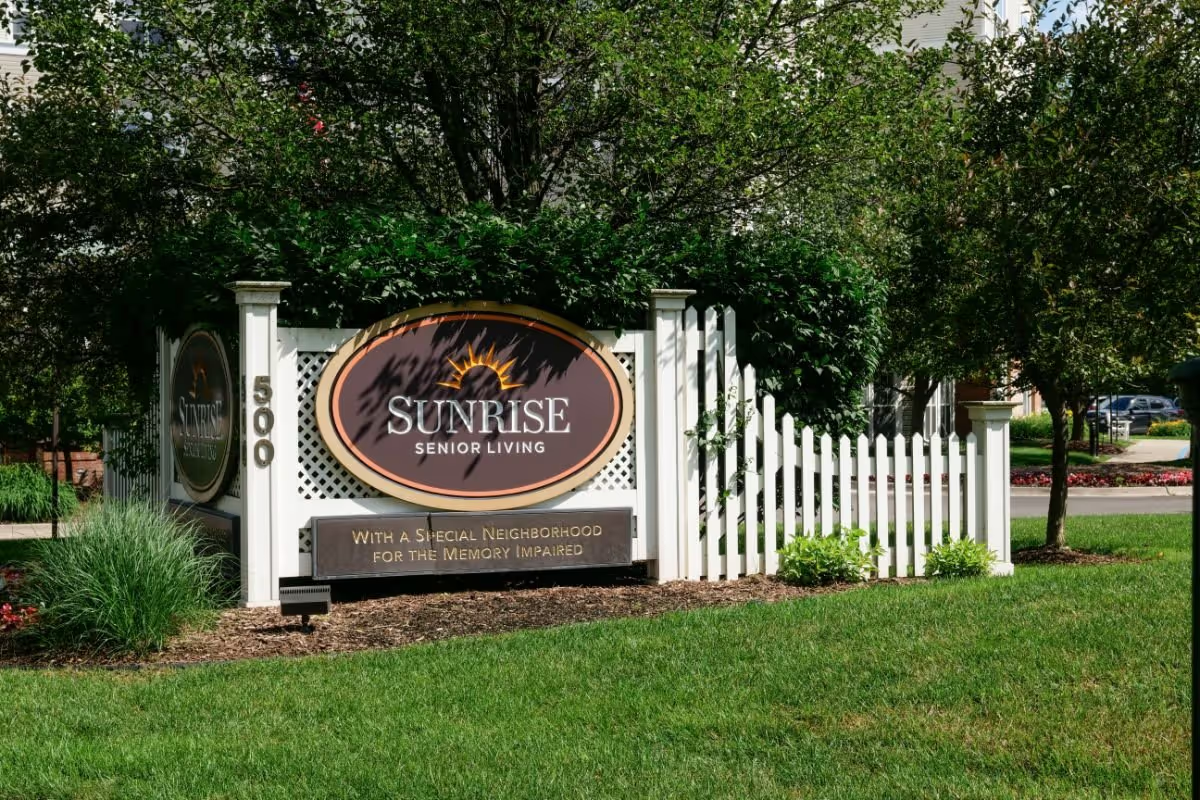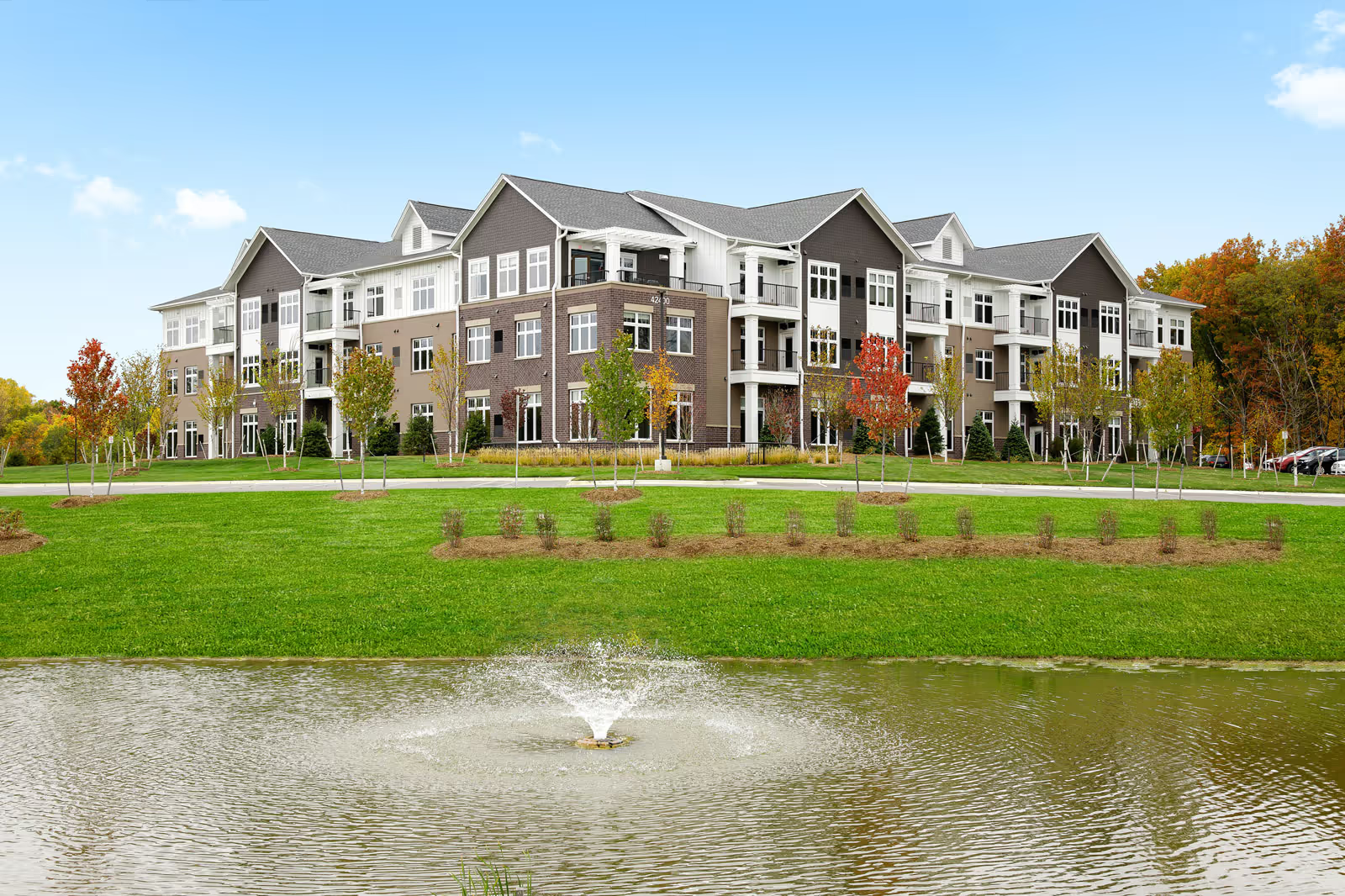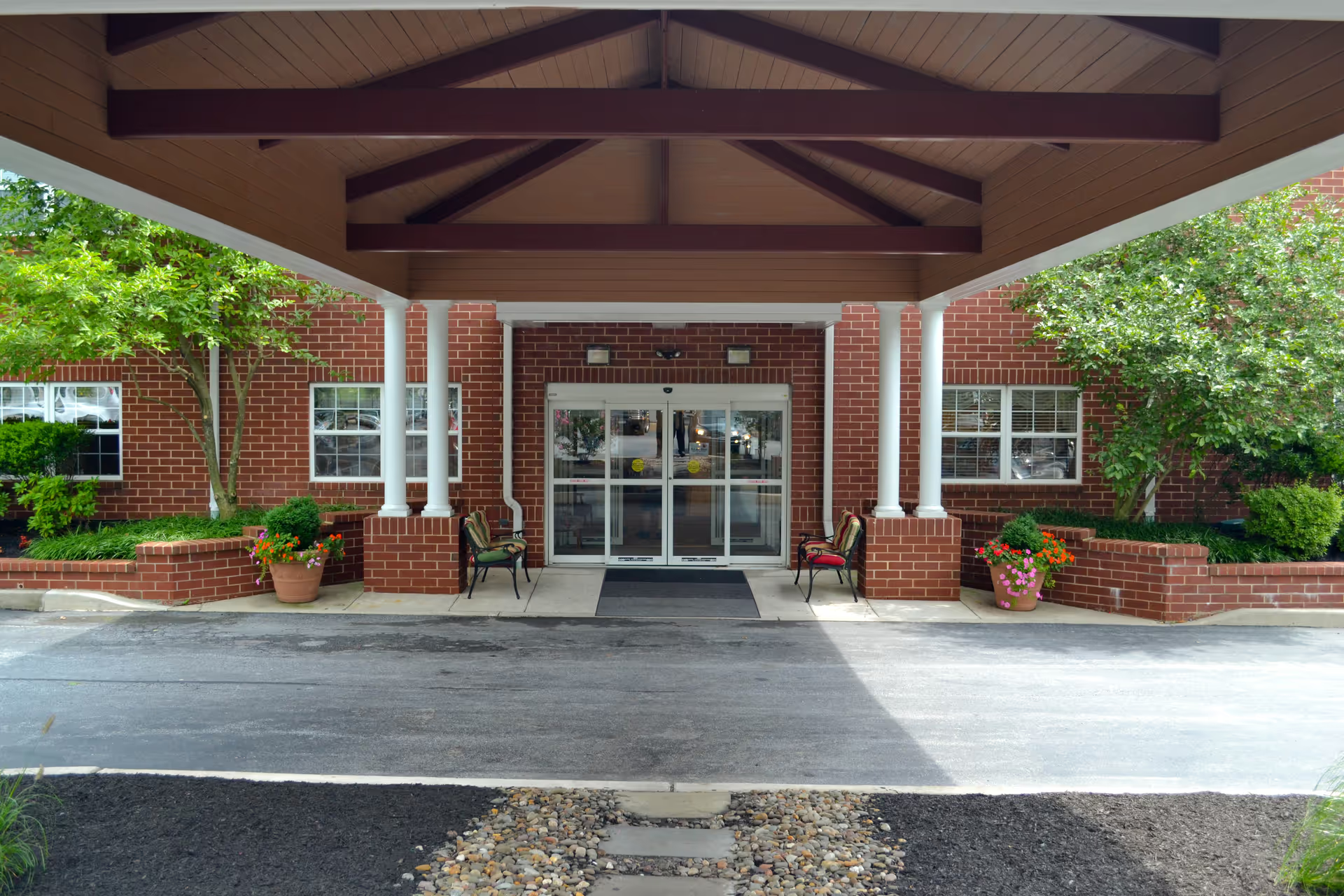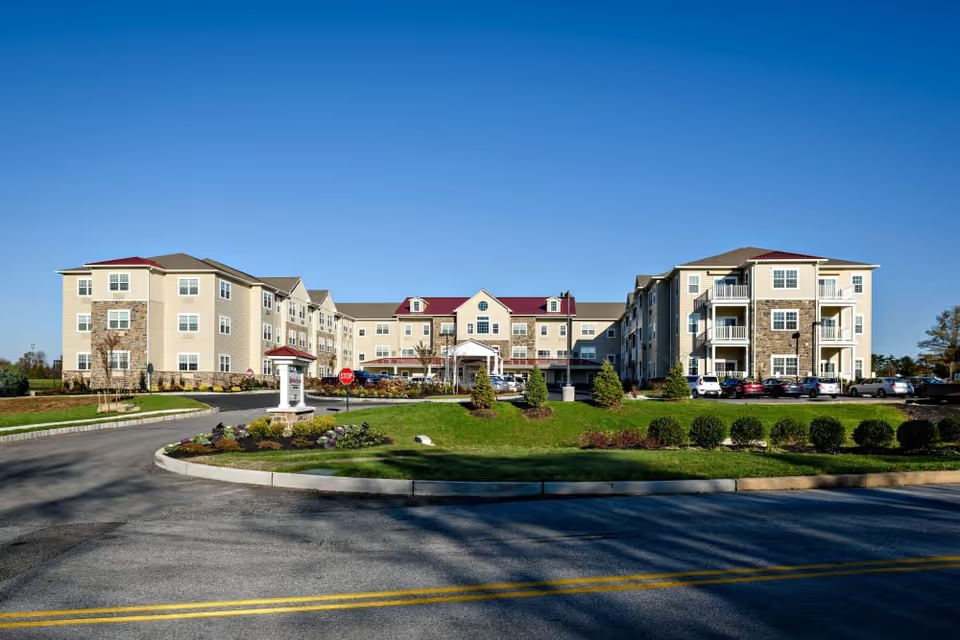Overall sentiment about The Pines of Mount Lebanon is strongly mixed, with a clear split between reviewers who praise individual staff members and leadership—particularly Executive Director Tammy—and those who report systemic problems centered on understaffing, inconsistent clinical care, and maintenance/cleanliness failures. Multiple reviewers describe the community as a friendly, home-like, and well-kept environment with good meals, engaging activities, and a staff that knows residents by name. At the same time, a substantial number of reviews recount troubling incidents: missed medications and showers, slow call-bell responses, frequent falls, dehydration, bedsores, and reports of poor wound care. These clinical safety concerns are among the most serious themes and are often tied by families to staffing shortages and turnover.
Care quality and staffing form the most dominant and polarized theme. Many families attest that staff are compassionate, patient, and go above and beyond, and they cite strong teamwork, knowledgeable med techs, and skilled aides. Conversely, an equally large set of reviewers describes chronic understaffing—especially nights, evenings, and weekends—resulting in delayed help, reliance on agency aides, and inconsistent personal care. Several reviews explicitly state there was no on-site nurse at night and that, at times, a single caregiver was responsible for many residents. Some reviewers note improvement after leadership changes or with particular managers who implemented better schedules and training; others report continuing shortages despite promises to improve.
Facilities, housekeeping, and environment also generate mixed reactions. Many reviewers call the building clean, pretty, and hotel-like, praising fresh paint, remodels, pleasant outdoor spaces, and a cozy sunroom with birds. These reviewers highlight well-maintained common areas, wide hallways, and thoughtfully designed apartments. However, multiple reports describe episodes of poor housekeeping—strong urine odors in parts of the building or individual rooms, soiled furniture that does not absorb odors, dirty water fountains, and missed laundry. Some reviewers say initial cleanliness improved over time, suggesting variability in maintenance standards, possibly tied to staffing or vendor problems (for example, the kitchen staff or housekeeping turnover).
Dining and activities are generally strengths but not uniformly so. Numerous families praise warm, tasty meals, field trips, Sunday outings, and a creative activities director who runs meaningful crafts and events. The activities program is frequently called a highlight that keeps residents engaged. Conversely, other reviews say meal variety can be limited, food sometimes too sweet, and memory-care dining options substandard. A few families report extra charges for additional meals and mobility or linen services, and some express frustration that promised offerings require added fees.
Management, communication, and corporate oversight are a repeated point of divergence. Many reviewers single out specific managers—Tammy and Kristie are repeatedly named—and commend them for responsiveness, accessibility, and problem-solving. Positive accounts stress proactive, real-time updates, supportive hospice coordination, and helpful guidance with benefits. Yet other families recount poor communication: unreturned calls, lost financial paperwork, delayed responses about a resident’s condition, or alleged dishonesty. Several reviews accuse higher-level corporate staff of indifference and cite rising monthly rates without perceived improvements in care.
Memory care and clinical oversight warrant careful scrutiny. Multiple reviewers note that memory care units are smaller and more private, which some families prefer; others warn that those units suffer from more pronounced staffing and cleanliness problems. Specific concerns include locked toiletry access in the memory unit, inadequate assistance with meals and hygiene, odors, and an apparent profit-driven approach at times. Separately, several reviewers describe serious clinical lapses—missed medications, improper medication administration by lay workers, unattended soiled diapers, and questionable end-of-life practices—claims that require direct investigation by families touring the facility.
Safety and operational issues also recur: reports of frequent falls, delayed transfers to hospital when needed, lack of secured front-desk coverage in evenings/weekends, and limited transportation for doctor appointments. These operational gaps, combined with episodic housekeeping failures and inconsistent staff training, contribute to the most serious negative experiences shared by families.
Bottom line: The Pines of Mount Lebanon has clear strengths—compassionate individual caregivers, an excellent activities program, an appealing and often well-maintained physical environment, and several praised leaders who have improved care and communication. However, the frequency and severity of complaints about staffing shortages, clinical lapses, cleanliness problems, and inconsistent management responses are significant. Families considering The Pines should weigh these polarized experiences carefully: ask specific, concrete questions during tours about night staffing levels and nurse coverage, agency staffing use, staff turnover rates, clinical protocols for medications and wound care, housekeeping schedules, fees/extra charges, hospice integration, and how the community secures the building and handles after-hours communication. Where possible, meet the Executive Director, request references from current families, and arrange an observation visit during evenings or weekends to confirm whether the positive attributes many reviewers describe are reliably in place and whether the serious issues others report have been addressed.
